Government, Politics & Law

Henry Thibodaux
Henry Thibodaux served as interim governor of Louisiana from November to December 1824 after his predecessor, Thomas Bolling Robertson, resigned to become a federal judge.

Henry Thibodaux served as interim governor of Louisiana from November to December 1824 after his predecessor, Thomas Bolling Robertson, resigned to become a federal judge.
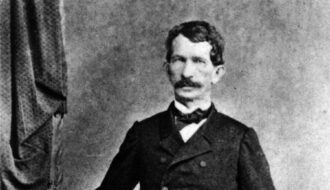
Inaugurated as governor of Confederate Louisiana on January 25, 1864, Henry Allen presided over the parts of the state controlled by the Confederates until June 2, 1865.
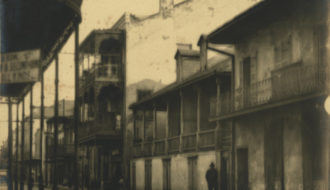
New Orleans's French Quarter was an early testing ground for preservation measures, and it continues to be one today.
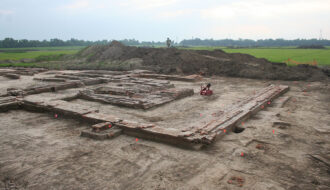
Archaeologists at sites across Louisiana help fill in the written record through physical excavations of the past.
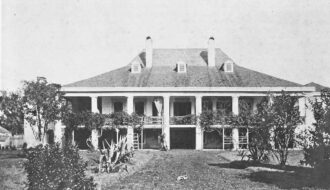
After the Civil War, the federal government briefly operated places of refuge for sick, injured, and elderly formerly enslaved people that proved both benevolent and coercive.
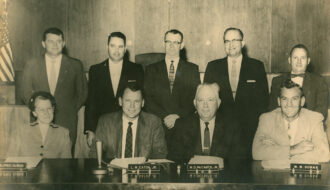
A home rule charter allows local governments to exercise all powers not explicitly denied by state law or constitution.
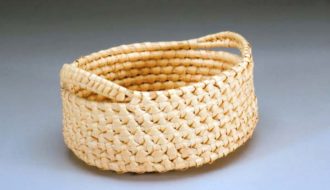
The United Houma Nation claims approximately 17,000 members and continues to keep Native American traditions alive from their tribal center in Lafourche Parish.

In the eighteenth century Houma people established trade and political relationships with French and Spanish colonists. In the twentieth century Houmas unified their community and successfully struggled for political recognition.
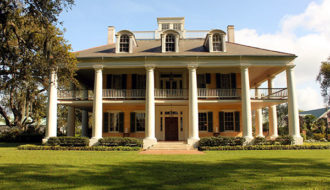
Houmas House Plantation in Darrow is an excellent example of the peripteral type of Greek Revival architecture in which the main structure is surrounded by grand columns, each with an uninterrupted span from ground level to the roofline.
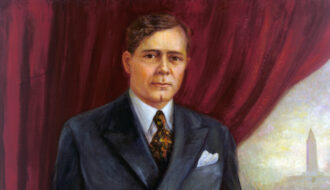
Huey Long rose to prominence during the Great Depression as governor of Louisiana.

After wreaking havoc on Florida, Hurricane Andrew made landfall in Louisiana and caused widespread devastation.
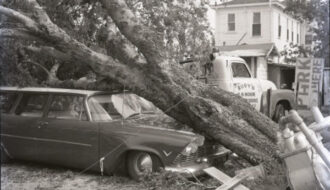
Hurricane Audrey, the first named storm of the 1957 season, took residents by surprise with an earlier-than-expected landfall and claimed more than four hundred lives.
One-Year Subscription (4 issues) : $25.00
Two-Year Subscription (8 issues) : $40.00
